Connecting air compressor fittings is a fundamental skill for anyone working with pneumatic systems, whether you’re a seasoned professional or a DIY enthusiast. The right connections not only ensure the efficiency of your air compressor but also enhance safety and reliability. In this detailed guide, I will walk you through everything you need to know about air compressor fittings, including their types, how to connect them properly, and troubleshooting common issues. By the end of this article, you will have a thorough understanding of the subject, allowing you to tackle your air compressor projects with confidence.
Understanding Air Compressor Fittings
Air compressor fittings are specialized components that connect hoses, tools, and other equipment to your air compressor. They come in various types, each designed for specific applications and pressure requirements. Selecting the appropriate fitting is crucial, as it can significantly impact the performance and safety of your pneumatic system.
The Importance of Proper Fittings
Using the right fittings ensures a secure connection that minimizes the risk of leaks, which can lead to inefficiencies and safety hazards. A well-connected system maintains optimal air pressure, enhances tool performance, and reduces the likelihood of accidents caused by air loss. Therefore, understanding the different types of fittings and their applications is essential for anyone working with air compressors.
Types of Air Compressor Fittings
1. Push to Connect Fittings
What Are They?
Push to connect fittings, also known as push-in fittings, are designed for quick and easy connections. The mechanism is simple: you push the hose into the fitting, and it locks in place, creating a secure seal. This design eliminates the need for tools, making it ideal for both professionals and DIY enthusiasts.
Advantages:
- Ease of Use: The installation process is straightforward, allowing for rapid assembly and disassembly.
- Versatility: Compatible with various tubing materials, including polyurethane (PU), nylon, and polyethylene (PE).
- Leak Prevention: The internal mechanism ensures a tight fit, minimizing the risk of leaks.
Applications:
Push to connect fittings are commonly used in applications where frequent disconnections are required, such as in manufacturing, automotive repair, and home workshops.
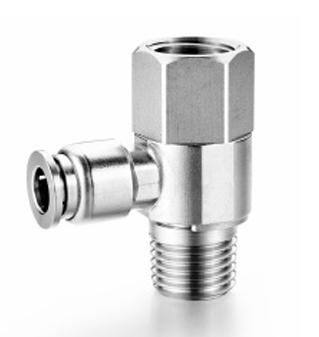
2. Barbed Fittings
What Are They?
Barbed fittings feature a series of ridges or “barbs” that grip the tubing when it is pushed onto the fitting. This design creates a tight seal, making barbed fittings suitable for low-pressure applications.
Advantages:
- Cost-Effective: Generally less expensive than other fitting types.
- Secure Connection: The barbs provide a strong grip on the tubing.
Disadvantages:
- Difficult to Disconnect: Removing the tubing can be challenging, potentially damaging the fitting or tubing.
Applications:
Barbed fittings are often used in irrigation systems, low-pressure air applications, and situations where a permanent connection is desired.
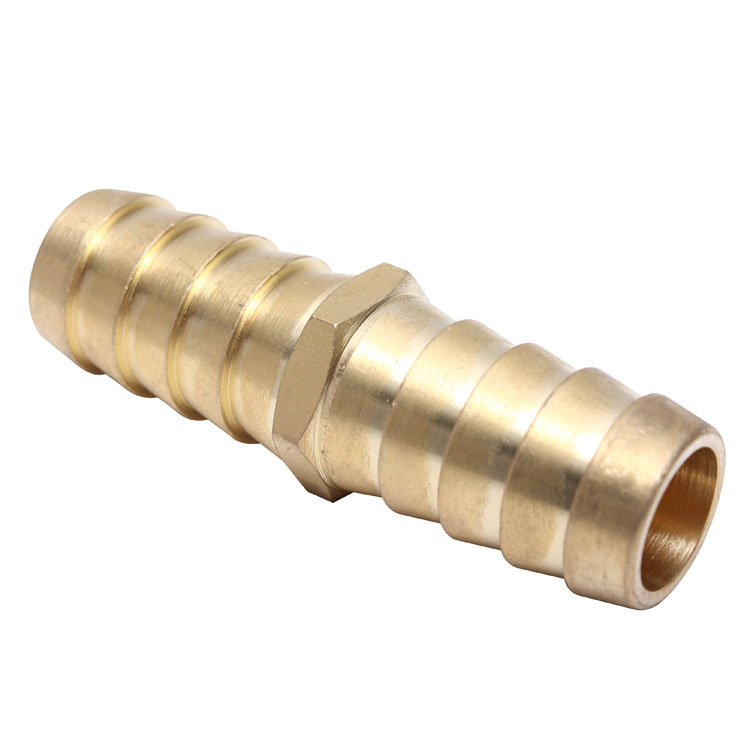
3. Threaded Fittings
What Are They?
Threaded fittings consist of male and female threads that screw together. They provide a robust and leak-proof connection, making them suitable for high-pressure applications.
Advantages:
- Durability: Threaded connections are strong and reliable.
- Versatility: Can be used in a wide range of applications, including high-pressure systems.
Disadvantages:
- Installation Time: Requires tools and more time to install compared to push to connect fittings.
Applications:
Threaded fittings are commonly used in industrial applications, hydraulic systems, and any situation where high pressure is involved.
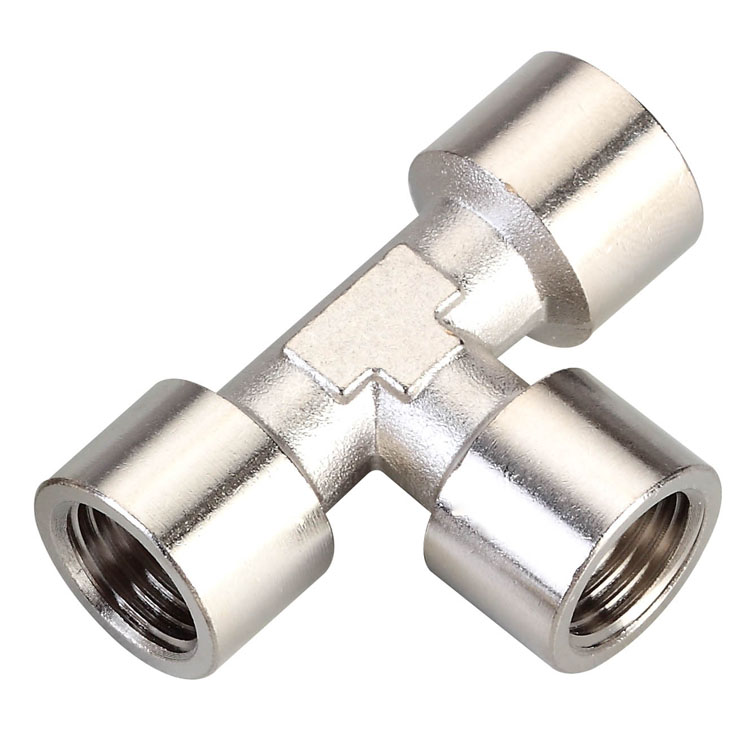
4. Quick Coupler Fittings
What Are They?
Quick coupler fittings allow for rapid connection and disconnection of hoses and tools. They are designed for ease of use, enabling you to connect and disconnect with one hand.
Advantages:
- Speed: Ideal for environments where tools need to be swapped frequently.
- Convenience: Easy to use, even in tight spaces.
Applications:
Quick couplers are widely used in automotive repair shops, construction sites, and any application requiring frequent tool changes.
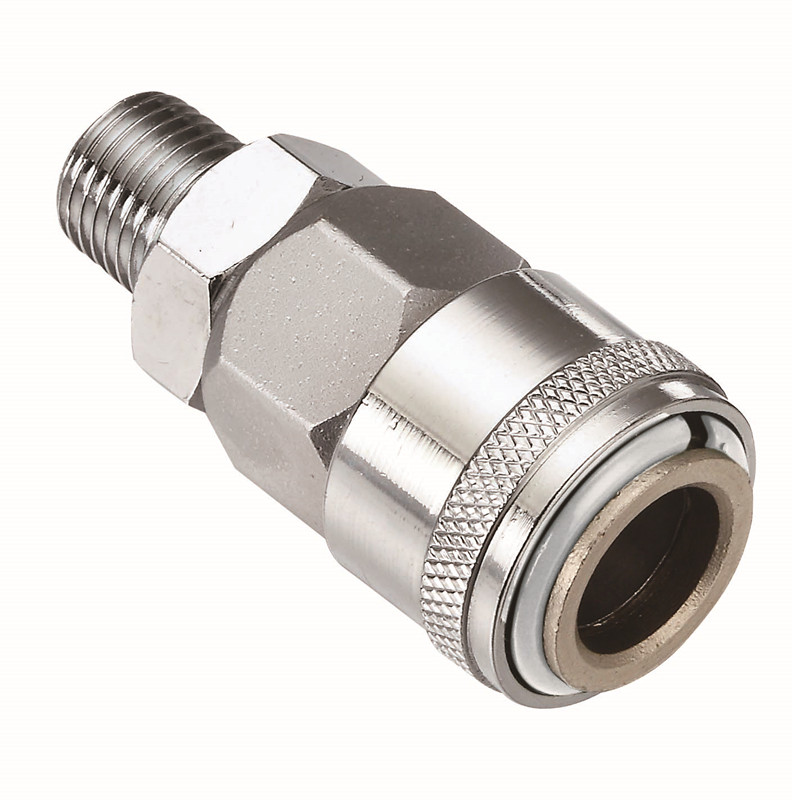
Selecting the Right Tubing for Your Fittings
Choosing the right tubing is just as important as selecting the correct fittings. The tubing must be compatible with the fitting type and suitable for the application.
Types of Tubing
- Polyurethane (PU) Tubing: Flexible and resistant to abrasion, making it ideal for dynamic applications.
- Nylon Tubing: Offers excellent strength and resistance to chemicals, suitable for various environments.
- Polyethylene (PE) Tubing: Lightweight and cost-effective, often used in low-pressure applications.
- PTFE Tubing: Highly resistant to heat and chemicals, perfect for specialized applications.
Choosing the Right Diameter
The diameter of your tubing must match the fitting size to ensure a secure connection. Measure the inner diameter of the tubing and compare it with the fitting specifications. A proper fit is crucial for preventing leaks and maintaining optimal airflow.
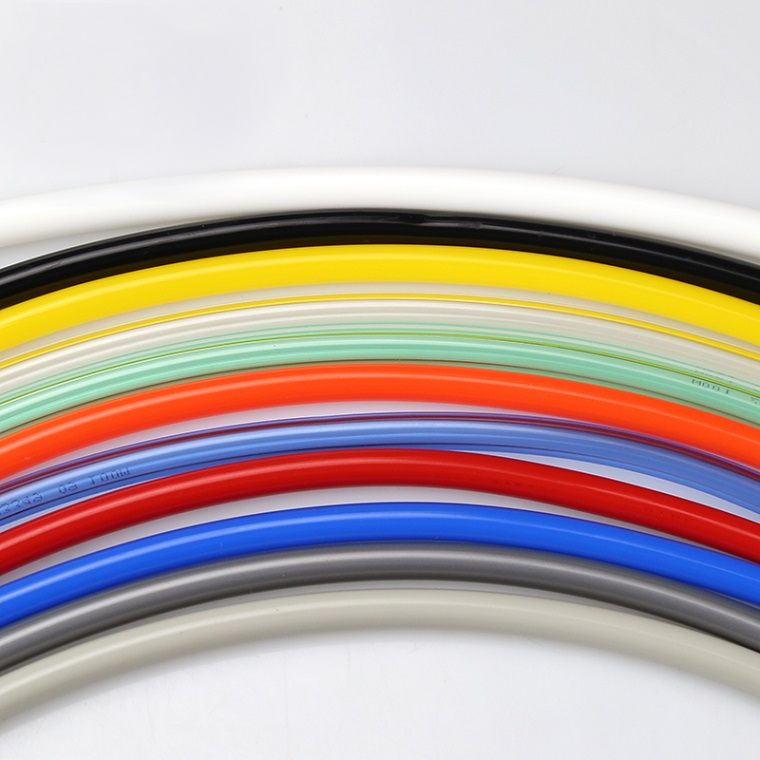
Step-by-Step Guide: How to Connect Air Compressor Fittings
Tools You Will Need
Before you start, gather the necessary tools:
- Tubing cutter or sharp utility knife
- Wrench (for threaded fittings)
- Safety goggles
- Clean cloth for wiping fittings
Preparing the Tubing and Fittings
- Cut the Tubing: Use a tubing cutter or a sharp utility knife to cut the tubing to the desired length. Ensure the cut is straight and clean to create a better seal with the fitting.
- Inspect the Fittings: Check the fittings for any debris or damage. Clean them with a cloth to ensure a proper connection.
Connecting the Fittings
- For Push to Connect Fittings: Simply push the hose into the fitting until it clicks. Ensure the hose is fully inserted to avoid leaks.
- For Barbed Fittings: Slide the tubing onto the barb until it reaches the base. For added security, consider using a hose clamp.
- For Threaded Fittings: Apply Teflon tape to the threads to ensure a leak-proof seal. Screw the fittings together using a wrench, but avoid overtightening.
- For Quick Coupler Fittings: Align the coupler with the tool or hose and push until it clicks into place.
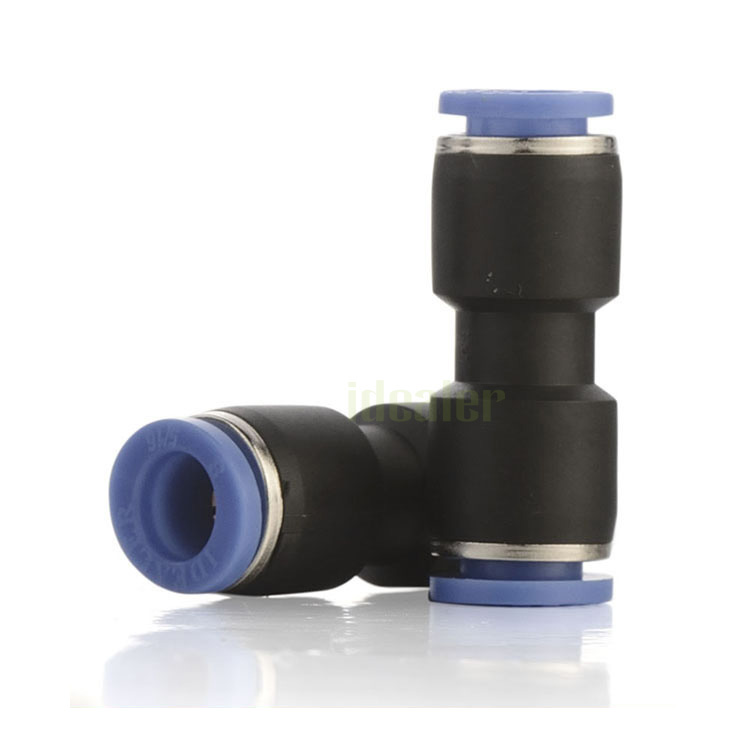
Troubleshooting Common Issues with Air Compressor Fittings
Signs of a Poor Connection
Common indicators of a poor connection include:
- Hissing sounds (indicating air leaks)
- Reduced pressure in the system
- Visible air escaping from the connection
Fixing Leaks in Air Compressor Fittings
- Identify the Leak: Turn on the air supply and listen for hissing sounds. You can also use soapy water to identify leaks; bubbles will form at the leak site.
- Recheck Connections: Ensure all fittings are properly seated. For threaded fittings, check for tightness and reapply Teflon tape if necessary.
- Replace Damaged Fittings: If a fitting is cracked or damaged, replace it immediately to prevent further issues.
Conclusion
Connecting air compressor fittings correctly is essential for the efficiency and safety of your pneumatic system. By understanding the different types of fittings and tubing, and following the proper connection techniques, you can ensure a reliable and leak-free setup. If you encounter any issues or have specific questions about your application, don’t hesitate to reach out for expert advice. With the right knowledge and tools, you can optimize your air compressor system for peak performance, ensuring that your projects run smoothly and efficiently.

